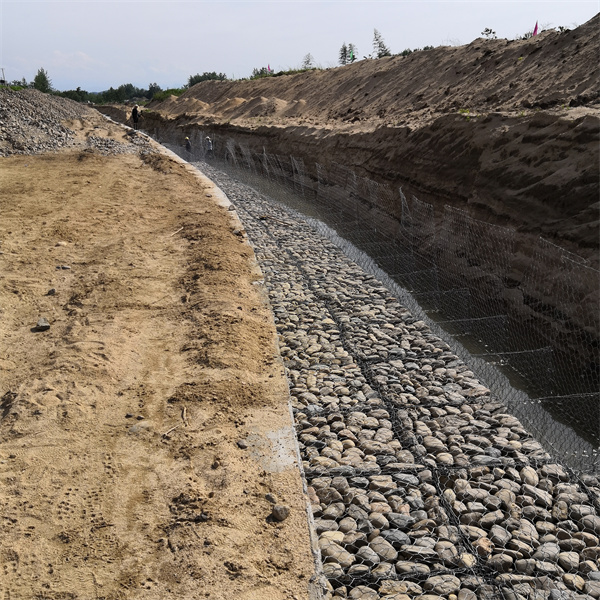Septemba . 12, 2024 03:16 Back to list
High Quality Gabion Wall Installation Services
High-Quality Installing of Gabion Walls
Gabion walls have gained immense popularity in recent years as a robust and environmentally friendly solution for various construction and landscaping projects. Constructed using wire mesh cages filled with stones, these walls not only offer structural integrity but also blend seamlessly with natural landscapes. To achieve high-quality installation of gabion walls, several essential steps and considerations come into play.
Firstly, careful planning and design are crucial. Before commencing any installation, it's imperative to assess the site. This involves evaluating the soil type, water drainage patterns, and the purpose of the wall—whether it’s for erosion control, landscaping, or creating a decorative feature. A well-thought-out design ensures the gabion wall meets specific load-bearing and aesthetic requirements.
Once the planning is complete, the next step is excavation. A solid foundation is vital for the longevity of the gabion wall. The area where the wall will be installed should be excavated to a depth that allows for adequate drainage and stability. Typically, a trench between 6 to 12 inches deep is sufficient, depending on the wall's height and purpose.
After preparing the foundation, it's important to ensure that the base is level. A level base allows for proper alignment and prevents shifting over time. Installing a layer of gravel at the base can enhance drainage and provide additional stability.
high quality installing gabion wall

The core of a high-quality gabion wall installation lies in the construction of the wire mesh cages. High-tensile strength wire mesh should be used to ensure durability. These cages should be assembled tightly and securely fastened, as loose cages may lead to structural failure. Once ready, the cages can be positioned in their designated spots, and it’s crucial to check their alignment frequently during this process.
Filling the gabion cages with stones is the next step. Selecting the right type of stone is key—larger stones help in stabilizing the wall and reducing movement. The stones should be filled tightly to prevent displacement over time. It's advisable to use a mix of sizes for better stability and aesthetic appeal.
Finally, to ensure the wall's integrity and longevity, proper drainage measures should be implemented. This may include the installation of drainage pipes or gravel backfill to mitigate water pressure behind the wall.
In conclusion, high-quality installation of gabion walls involves meticulous planning, a stable foundation, durable materials, and proper drainage. By adhering to these principles, homeowners and builders can create aesthetically pleasing and long-lasting structures that enhance the beauty and functionality of any space. Whether for erosion control or as a decorative element, gabion walls remain a sustainable choice in modern construction practices.
-
Visualizing Gabion 3D Integration in Urban Landscapes with Rendering
NewsJul.23,2025
-
The Design and Sustainability of Gabion Wire Mesh Panels
NewsJul.23,2025
-
The Acoustic Performance of Gabion Sound Barriers in Urban Environments
NewsJul.23,2025
-
Mastering the Installation of Galvanized Gabion Structures
NewsJul.23,2025
-
Gabion Boxes: Pioneering Sustainable Infrastructure Across the Globe
NewsJul.23,2025
-
Custom PVC Coated Gabion Boxes for Aesthetic Excellence
NewsJul.23,2025
-
Installation Tips for Gabion Wire Baskets in Erosion Control Projects
NewsJul.21,2025






